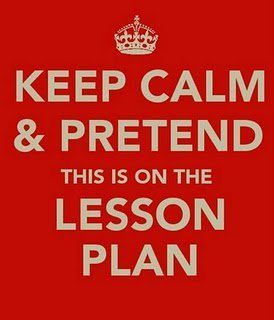Cool Rubber Egg Science Experiment
Homeschoolers love science experiments!! And this is a cool rubber egg science experiment!

It is a fun and easy experiment to do with items already in your home. But there is much to learn here. Especially if you start jumping off the “recipe” and into really experimenting with the different variables.
Supplies
One egg (either raw or cooked)
Distilled white vinegar
A jar large enough to fit the egg
Optional: Food coloring
Instructions
- Place the egg in the jar.
- Cover the egg completely with vinegar.
- Close the jar lid tightly.
- Wait for 24 -48 hours hours.
- You will notice a lot of foam and bubbles over the course of a day or two. When it seems to have slowed, move to the next step.
- Remove the egg from the vinegar and gently rub the shell off in water. If it doesn’t come off smoothly, you will need to soak it more.
(Note I have seen another experiment that suggests adding six days to the recipe… it is below. Note it starts after step five above).
- Rinse the vinegar and foam off with water and out of the jar and cover the egg again with vinegar.
- Wait for 6 days.
- At the end of this time, rinse off the egg.
- Test out your new creation in the sink by dropping it from a few inches.
- Increase the distance a little with each drop… in the sink 🙂
Explanation
A chicken’s egg is covered in a shell which is made of calcium carbonate- a complex arrangement of carbons, calcium, and oxygen. Vinegar is made of acetic acid. If you have ever made a volcano experiment, you know when you mix vinegar and baking soda you get a strong reaction. The shell of an egg is essentially the same “carbonate” and will react just like soda without the volcanic explosion effect. The little bubbles you will see in the water are made of carbon dioxide gas; just like the bubbles from your vinegar and baking soda volcano.
Once the shell is gone, what is left is a semi-permeable membrane. The vinegar will enter the semi-permeable membrane (this process is called “osmosis”) and slightly inflate the egg. We are essentially pickling the egg which toughens up that membrane- which is what allows you to bounce it.
Go Deeper
What are the variables in this experiment and what could you change? That is where this experiment really turns into exploration! Things you might want to test / experiment with to see if it has an impact and then study why.
Different kinds of vinegar (white distilled, apple cider, red wine vinegar, white wine vinegar, rice vinegar)
Different kinds of eggs (white, brown, free range, organic, store bought, large, small, etc)
Different lengths of time
Be sure to use a form to document your experimentation. For younger children, here is one I found that would work great. For older students, I love the Bloom’s form. Here is one that has been adapted and modified that we like to use.








